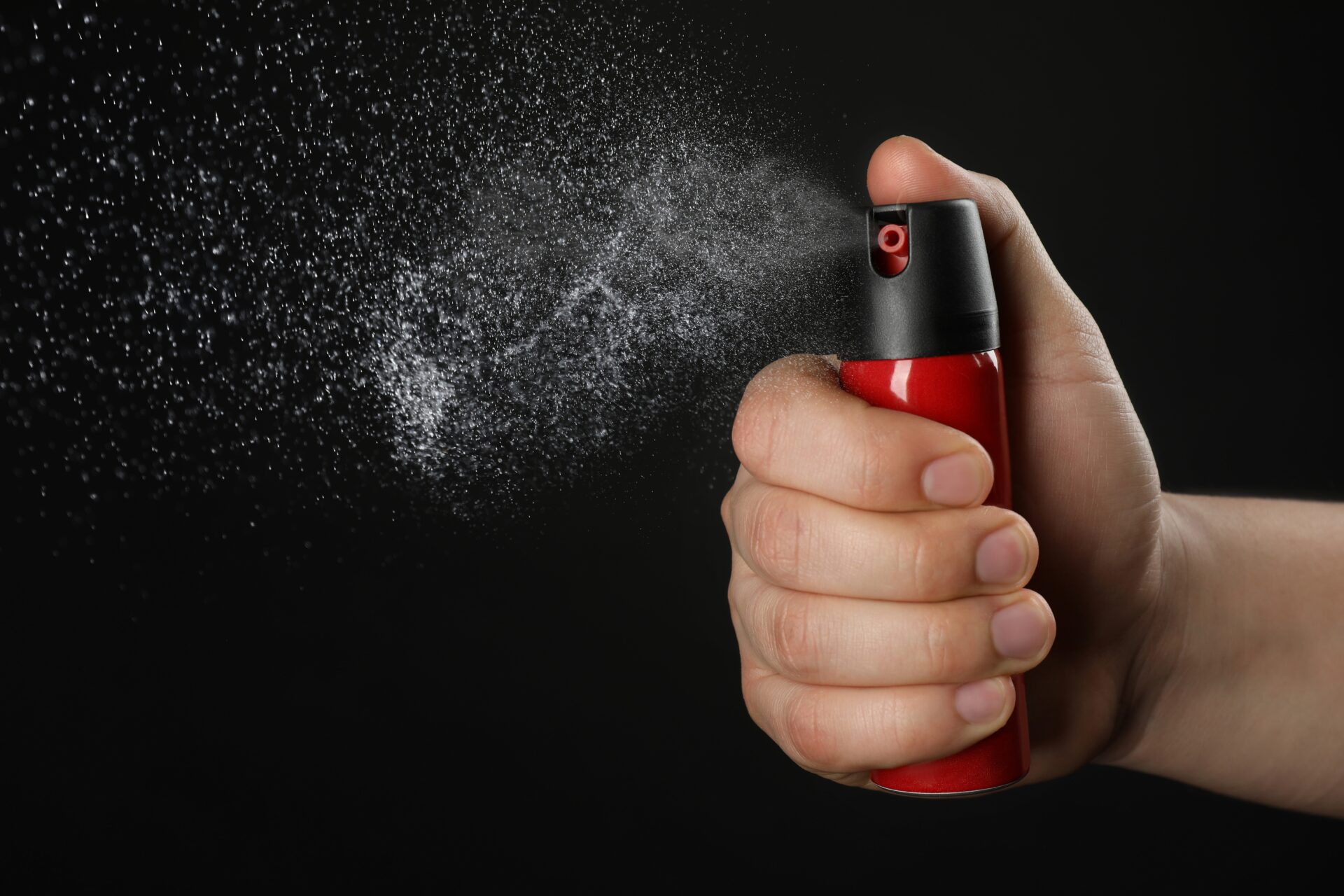
TRASH to TREASURE – New Plastic Eats Carbon!
Chemists in Denmark have turned plastic bottles into a new material that traps CO₂, tackling both pollution and climate change.
At a Glance
- University of Copenhagen converts PET plastic into CO₂-capturing material called BAETA.
- Process runs at room temperature, cutting costs and energy needs.
- PET production tops 80 million tons per year, much of it unrecycled.
- BAETA rivals existing carbon capture tech while reducing plastic waste.
Turning Plastic Into Carbon Capture
A research team at the University of Copenhagen has created BAETA, a carbon-trapping material made from PET plastic waste. The method upcycles bottles and packaging into a sorbent that captures greenhouse gases efficiently.
Unlike conventional capture systems that require high heat or complex inputs, BAETA works at room temperature. This makes the process less energy intensive and easier to scale.
Watch now: Plastic Waste to Carbon Capture Breakthrough
The development was unveiled in September 2025 and marks the first proven method for turning waste plastic into a high-performance carbon sorbent. Researchers describe it as a rare dual-impact technology that targets two global crises at once.
Why the Breakthrough Matters
Plastic production has surged past 80 million tons annually, with much of it ending as waste or microplastics. Recycling rates remain low, with contamination issues limiting reuse.
At the same time, global carbon dioxide levels keep rising, intensifying pressure for scalable capture solutions. Current technologies can trap emissions, but many require large energy inputs that drive up costs.
The Copenhagen team’s method bridges both issues. By creating a new use for discarded plastic, BAETA offers a fresh route to reduce waste streams while cutting atmospheric carbon. This synergy highlights the promise of chemical upcycling as a tool for climate strategy.
Implications for Industry and Policy
With lab success confirmed, the next challenge is scaling the process. The team is seeking partners to develop industrial pilot projects. BAETA could be deployed at plants with high CO₂ emissions, offering an immediate use case.
If successful, the technology could reshape the waste management sector. Instead of costly disposal, PET could be redirected into carbon capture applications. That shift may open new economic incentives and push governments to support dual-purpose recycling policies.
Longer term, BAETA’s adoption could disrupt both carbon capture and plastic recycling markets. By creating value from waste, the approach aligns with circular economy principles and could redefine how industries view discarded plastics.
The Road Ahead
Commercialization remains uncertain, but researchers believe the simplicity of BAETA gives it an edge. Its room-temperature performance reduces operational costs, while its dual impact strengthens its policy appeal.
If governments and investors back the transition, BAETA could scale rapidly. Broader deployment would not only cut emissions but also chip away at the mounting plastic waste crisis.
The innovation shows how targeted chemistry can transform environmental liabilities into assets. Whether it becomes a mainstay of industry depends on how quickly financial and political backing materializes.
Sources
ScienMag
SSBCrack News
ScienceDaily
Science Advances


